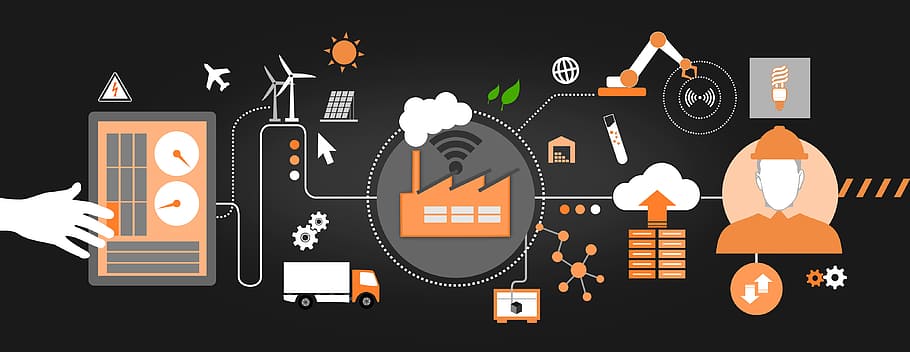Smart buildings are full of devices that are entirely dumb until they are connected to the internet. It is the connectedness that makes a smart building smart.
As we embark on a second lockdown, it is becoming increasingly clear that offices and workplaces will not be operating at full capacity for some time yet. Many big changes will be necessary. It is too early to say how temporary these changes are likely to be. Inevitably, many will not be temporary at all. Retail outlets, eateries and even office buildings will need to reassess current layouts and wayfinding throughout their buildings. The immediate priority is to prepare for the safe, phased return of workers in a way that facilitates social distancing and regular sanitisation. This is where contemporary or newly-developed ‘smart’ buildings will come into their own. Whereas older buildings can be retrofitted with a host of pandemic-response tools and technologies, smart buildings – by design – reduce points of contact and utilise emerging voice-enabled technologies. More importantly the building management system of a smart building is being fed important data on an almost constant basis, allowing for real-time information and insights to prompt action; indeed, these actions may even be automated, depending upon the systems in place.
While it may sound complex, truly smart buildings are designed for quite simple or intuitive human/building everyday interactions. Smart buildings are full of devices that are entirely dumb until they are connected to the internet. It is the connectedness that makes a smart building smart. Innovations in this arena over the past decade have been primarily to drive efficiencies of space, use and energy consumption. Sustainability is the goal of the industry today as, historically, the built environment has not been a star performer in the realm of energy efficiency.
User comfort has been another driver of innovation, with the definition of ‘comfort’ in an office environment becoming more personalised and adaptable to the real-time needs and wants of the individual worker. On foot of the pandemic, the conversation around space as a service has changed, with consumers demanding more. Data has become a great enabler. Over the past decade, buildings have been collecting greater amounts of data and the industry is only starting to use this data in any sort of meaningful way, beyond simply reducing running costs. While it may not be immediately obvious, data is one of the most robust tools that building owners and operators have to help them to reduce the transmission of Covid-19.
Changes to heating, ventilation and air conditioning, or HVAC, systems and/or how they are used throughout the winter months is a topic of much debate across the industry. This feeds into the concern about indoor air quality. While air quality has been a growing consideration for responsible building occupiers for some time, this is now becoming an immediate priority.
Sonitus Systems offers both the hardware and software to a range of environmental parameters on a continual basis, with real-time information available through our Sonitus Cloud dashboard.
For more details on our noise and air quality monitoring products and services, contact the team at www.sonitussystems.com/contact/contact.html
